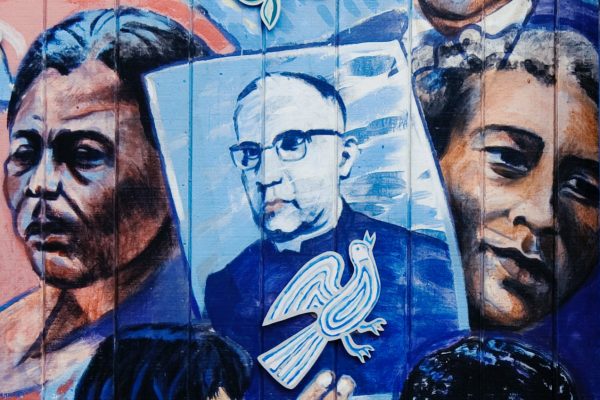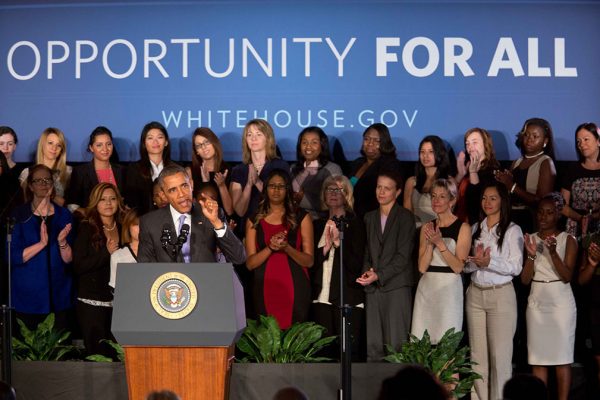Ron DeSantis loves freedom. The governor of Florida—whose recent book is titled The Courage to Be Free—uses the word to describe many of his prized policies. The Individual Freedom Act, which helped cement him as a national figure, prohibits Florida public schools from teaching about racism. His second inaugural address, in which he declared “freedom lives here,” highlighted his Parental Rights in Education bill, which prohibits discussion of gender or sexual orientation in public schools. And his 2023 “Framework for Freedom” budget was proposed alongside calls to ban abortions past six weeks, block transgender children from gender-affirming health care, and strengthen DeSantis’s own freedom to speak without consequences by weakening laws protecting journalists. These bans, DeSantis argues, would make Florida “the freest state in America.”
It might seem easy to dismiss the governor’s claim that these laws grant anything like real freedom. After all, freedom is the most celebrated value in the American political lexicon; it entails independence, self-determination, and nondomination, and even across its different uses signifies the highest moral ideals and political aspirations. But Aziz Rana shows us that fully understanding freedom requires us to take people like DeSantis at his word. We need to realize that his policies do showcase freedom—one grounded in the ability to cause harm and exercise brutality. These capacities are intrinsic to certain forms of freedom in American politics, where freedom is enacted not only as individual autonomy or self-governance but also as the oppression of others. When he invokes “freedom” to support authoritarianism, racism, and sexual control, DeSantis is not using the term as mere ideological cover.
Nor is he being particularly original. Throughout U.S. history, practices of freedom have included enslavement and exploitation alongside independence and emancipation. The American Revolution, a galvanizing enactment of collective freedom for colonists who declared independence from monarchical rule, was also, Rana shows, a brutal and destructive process of Indigenous dispossession. In the antebellum United States, enslavers maintained the freedom of economic independence, personal sovereignty, and absolute domination through the lifelong exploitation of Black Americans. And well into the twentieth century, married men legally practiced domestic violence as part of their freedom; their liberty was the capacity to control, restrain, and beat their wives. In the 1960s, the infamous segregationist George Wallace described white supremacy as “the ideology of our free fathers.” As historian Jefferson Cowie has shown, many Americans during this time resisted integration in the name of practicing their own freedom. DeSantis’s Florida is a direct descendant of this history.
These practices exemplify what I have called “ugly freedoms”: freedoms for some that depend on the oppression and domination of others. We fail to see the ugliness of freedom if we presume it is only ever a positive ideal.
We therefore need to de-idealize freedom, but not only from the right. Rana asks us to reclaim left lineages of collective freedom for a “profound reimagining of how economic and political self-rule can spread in American life.” For him, this entails dramatic institutional transformation. But even this vision can overidealize freedom, associating it with courageous subjects, inspiring actions, or the decisive achievement of collective self-determination. This view occludes many of the mundane but still worthwhile freedoms present in everyday life: practices that are not grand and upright but nonetheless do generative work to fight for a world without exploitation or domination. If we want our descriptions of freedom to “connect to the daily features of one’s life,” as Rana urges, then we might start by looking here—at the freedoms far removed from self-mastery, brave resistance, or triumphant emancipation.
An example of a distinctly nonideal form of freedom can be found in online criticism of DeSantis. While on a trip to inspect damage caused by Hurricane Ian, the governor was photographed wearing goofy white boots. DeSantis might have meant for the photo op to portray him as a heroic protector of freedom, but memes soon made him into the butt of a joke, juxtaposing the photo with images of feminized figures in go-go boots. On the one hand, nothing might signify freedom less than a juvenile meme, which carries no real political power and takes little courage to post—especially a meme that associates feminization with shame. On the other hand, the circulation of these memes did something potent: through a viral display of mockery, it refused to let DeSantis claim the dignified ground of respectable authoritarian power. Shared by queer teens, angry Floridians, professional trolls, organized political opponents, dispirited teachers, and others, the memes built spontaneous networks of critique that undermined the ethos of masculine power and authority on which DeSantis’s politics relies.
This banal and noncathartic exercise of freedom—the freedom to taunt an authoritarian leader—worked alongside more iconic forms of freedom in mobilization: organized movement protests in the streets, legal challenges filed by social justice lawyers, and sit-ins at the governor’s office. The memes were not necessarily politically galvanizing, and they certainly did not overthrow DeSantis’s agenda on their own. But in their own compromised, commonplace, and perhaps even cringe way, they gave many people—some who may have felt they otherwise lacked power or voice—a new way to work alongside others to oppose domination. More than something like the individual acts of resistance described in James C. Scott’s Weapons of the Weak (1985), these actions crafted solidarity among disparate people who walked together on the low road to spoil the national narrative of DeSantis’s unstoppable power.
Acknowledging this kind of freedom is not to narrow its horizon to small changes or to reject grander dreams, but to recognize that freedom inheres in more than exemplary or profound action. Finding freedom in the lowbrow, the low-key, and the low road expands our view to include actions and alliances dismissed as too ineffectual to build common worlds, or too petty compared to courageous acts of social transformation. It supports unglamorous, compromised, banal experiments that flourish within muted agency, uninspiring behavior, and radical dependence, to craft new possibilities for living free.








